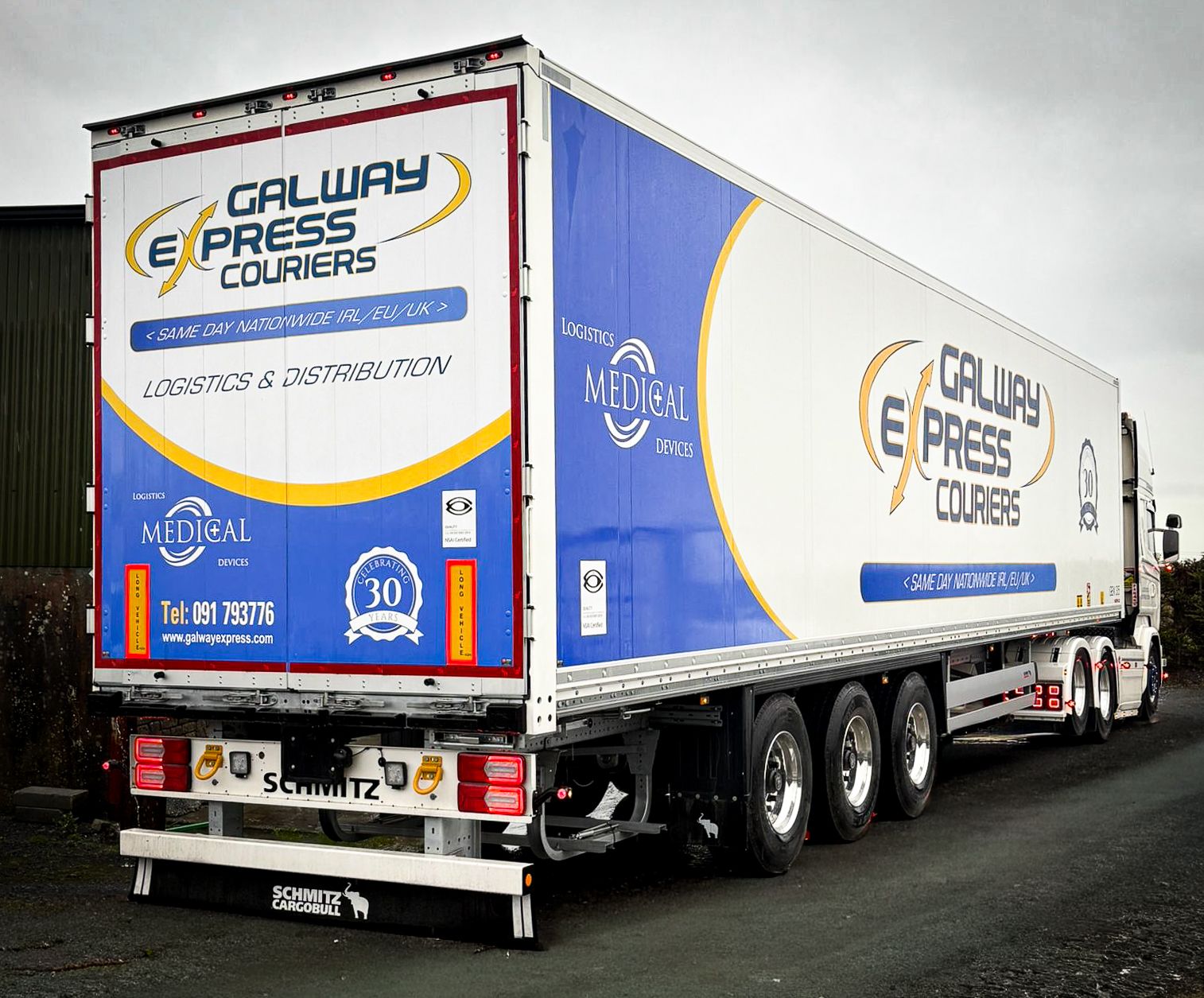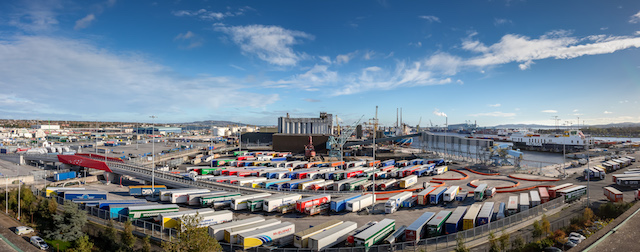The International Road Transport Union (IRU) has welcomed the Alternative Fuels Infrastructure Regulation (AFIR), which sets an initial and binding EU legal framework, but warns it falls short of the level of ambition called for by IRU.
 The European Parliament’s Transport Committee has approved the AFIR agreement reached by the Council, European Commission and Parliament earlier this year in March.
The European Parliament’s Transport Committee has approved the AFIR agreement reached by the Council, European Commission and Parliament earlier this year in March.
The AFIR sets requirements for Member States to deploy alternative fuels infrastructure for battery-electric and hydrogen-powered vehicles on the trans-European transport (TEN-T) network, in safe and secure parking areas, and in urban nodes.
Some important questions remain unanswered, notably relating to the derogations that Member States can use to limit infrastructure development or electricity generation, as well as the link between AFIR and the newly proposed CO₂ standards for heavy-duty vehicles (HDVs).
Charging infrastructure
The vote confirms the 15% deployment target for electric charging infrastructure dedicated to HDVs every 120km on the entire TEN-T network by the end of 2025. A 50% target is set for the end of 2027. By the end of 2030, the distance will be reduced to 60km on the core and 100km on the comprehensive network.
The agreed text sets an earlier deadline, 2027 compared to 2030, for the deployment of electric charging infrastructure in safe and secure truck parking areas, as originally proposed by the European Commission. The number of electric charging stations in each safe and secure parking areas is set to two by the end of 2027, increasing to four by the end of 2030.
Moreover, the European Parliament’s call for Member States to carry out an analysis before 2025 to evaluate and plan the necessary grid reinforcements for infrastructure dedicated to HDVs has regrettably not made it into the final text. Instead, a general provision was included requiring Member States to ensure consistency between the infrastructure planning and grid planning.
IRU Director of EU Advocacy Raluca Marian said, “Without sufficient power, the charging infrastructure is of no use to the heavy-duty commercial road transport sector.”
“Unfortunately, AFIR does not solve the electricity grid component of the equation,” she added.
Refuelling infrastructure
According to the text, hydrogen refuelling infrastructure will only be deployed every 200km on the TEN-T core network by the end of 2030. The European Parliament’s proposal to anticipate the deadline for the deployment of hydrogen refuelling infrastructure to the end of 2027 was not considered. IRU reiterates the importance of providing options to the industry and not relying on one single technology to decarbonise the road transport sector.
Urban nodes
During the trilogue negotiations, the electric power output requirements in urban nodes were increased, but the precise application of this condition remains vague.
“In the transition to zero-emission vehicles, urban areas are the low-hanging fruit. But AFIR puts the cost and responsibility to establish charging points almost entirely on transport operators. The road transport industry consists mainly of small and medium-sized enterprises with razor thin margins. Buses could potentially recharge at their depots. But what about trucks and coaches? Where are they supposed to recharge?” highlighted Raluca Marian.
The same applies for hydrogen refuelling infrastructure. The role of a revised TEN-T regulation, which sets the location and number of urban nodes (424 in total, up from 88) across the EU, will play an important role in defining the location and accelerating the deployment of publicly accessible alternative fuels infrastructure in urban areas.
Information availability
The IRU is pleased to see that the European Commission will create an EU database by 2027 with information on alternative fuels infrastructure availability, waiting times and prices. Transport operators must have easy access to this information when planning their respective operations.
Reporting on progress
By the end of 2024, the European Commission is required to submit to the European Parliament and to the Council a technology and market-readiness report dedicated to HDVs.
This is a welcome step. The operational requirements of HDVs are different than light-duty vehicles and need to be properly assessed. High-power recharging standards, electric road systems and liquid hydrogen will be evaluated by the European Commission.
CO₂ standards
The road transport industry needs a coherent and consistent EU policy framework which is interlinked with other proposed legislative measures, such as the recently proposed EU CO₂ standards for HDVs.
“We hope that EU legislators will be consistent in their approach and not rush additional energy taxation and charges on CO₂ for commercial vehicles so long as governments do not enable the shift to zero-emission vehicles,” said Raluca Marian.
“We also hope that the revision of the CO₂ standards for heavy-duty vehicles will be synchronised with the expectations for alternative fuels infrastructure,” she concluded.
Next steps
A formal vote by the EU27 Ministers of Transport will need to take place. A full European Parliament plenary vote is scheduled for June or July.


